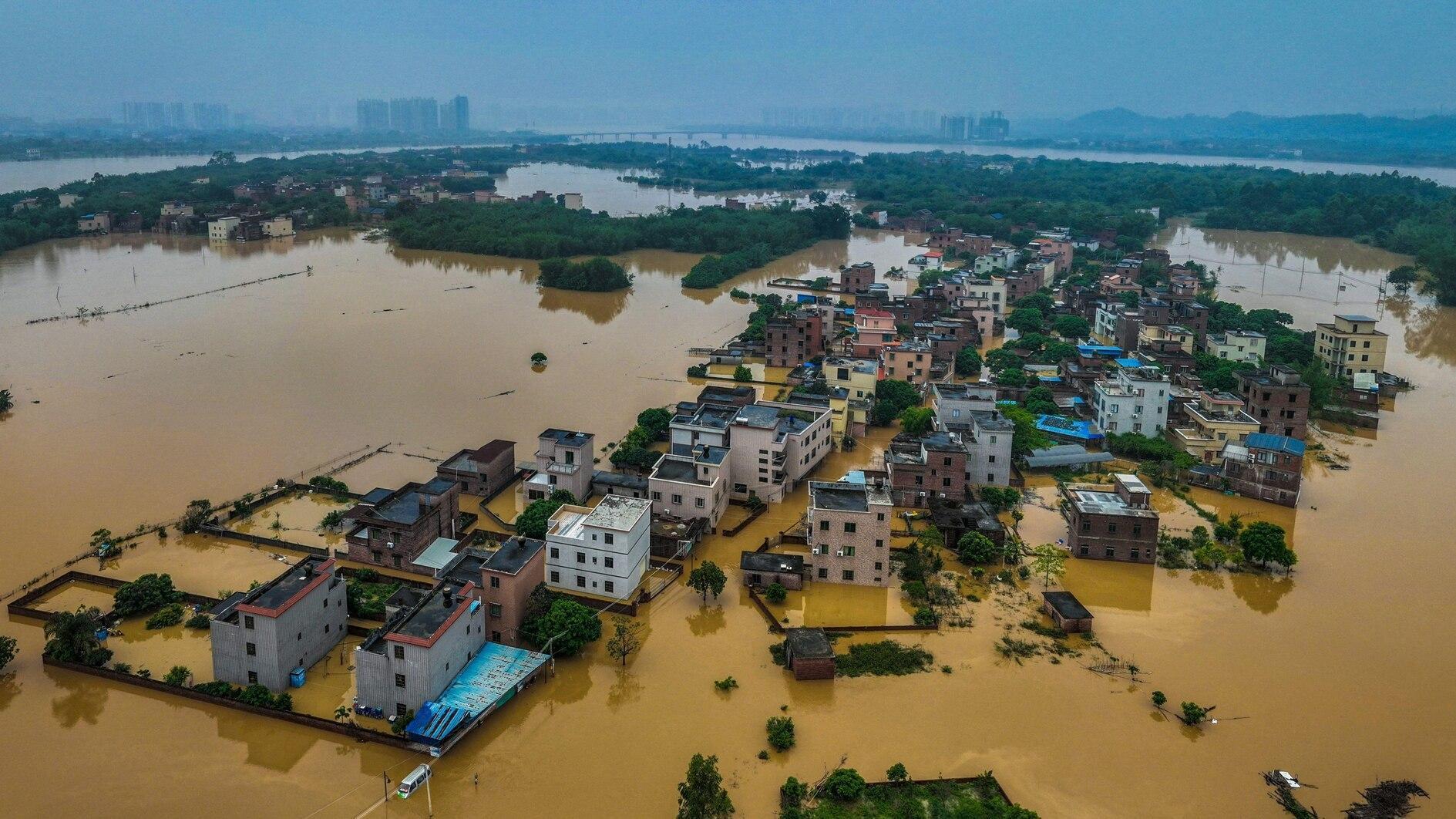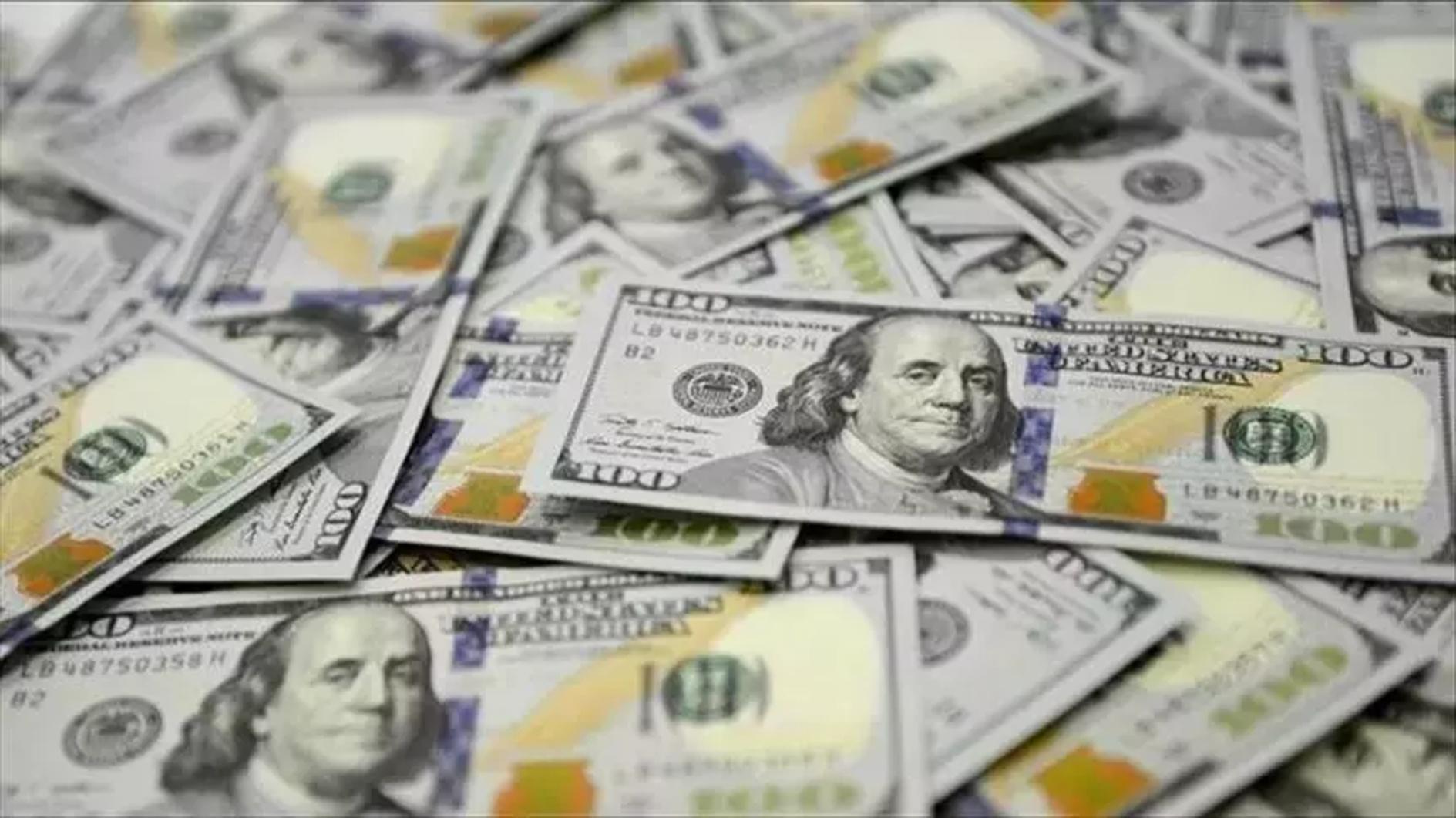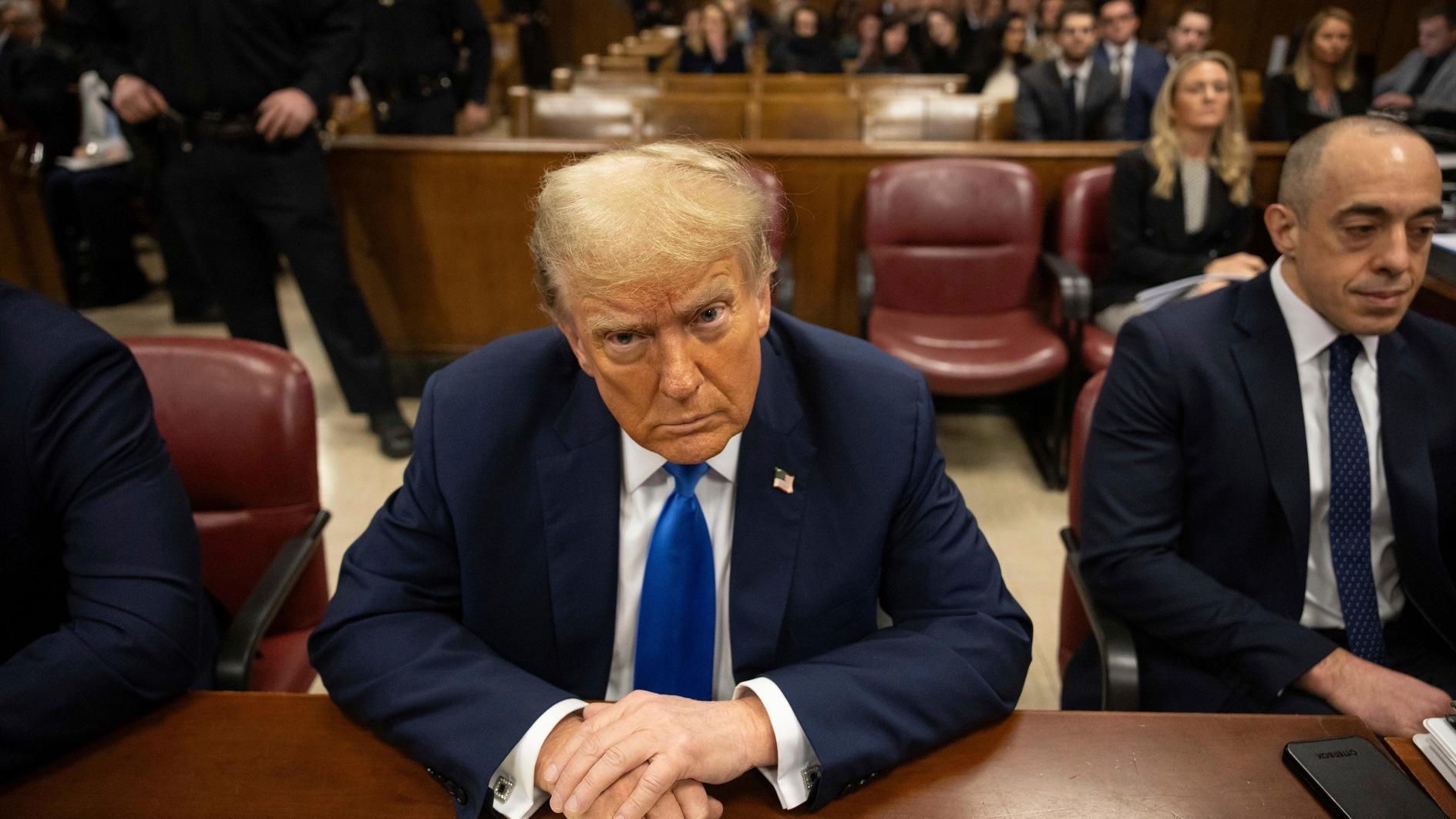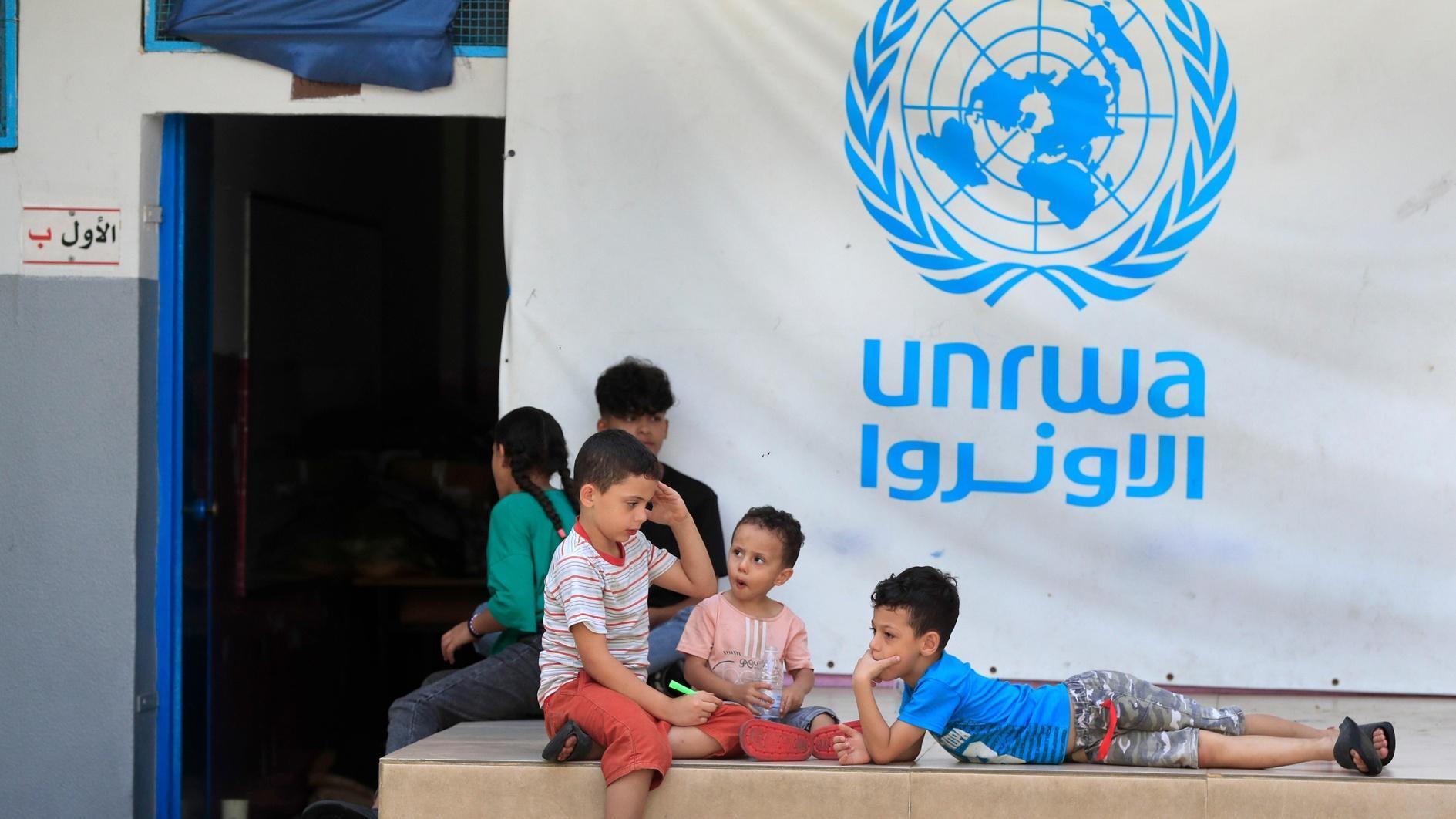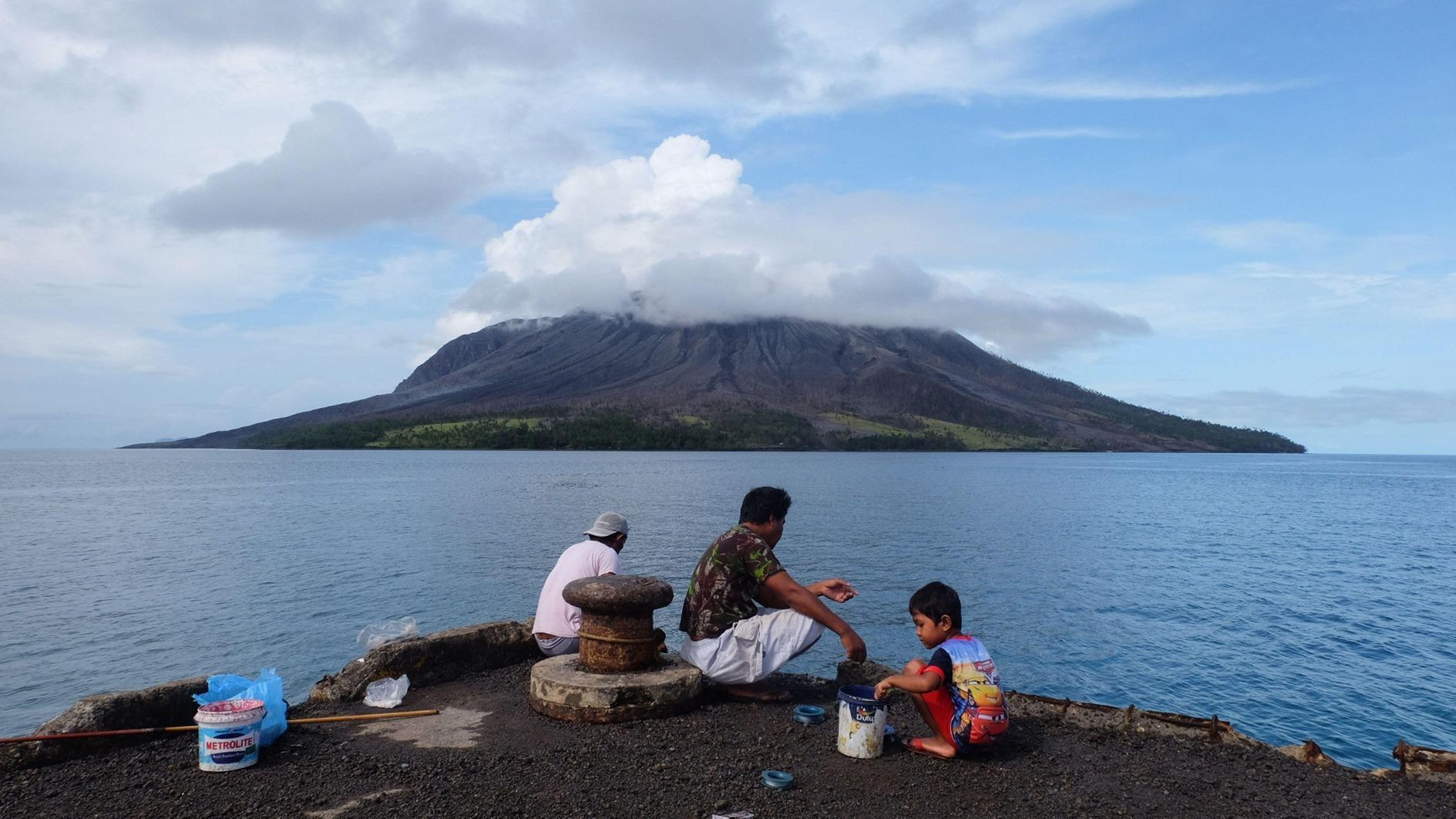A few differences between 1939 and now
The Ukrainian army is in retreat on every front. Since Russian regular army units came to the aid of the hard-pressed pro-Russian rebels in Ukraine’s two easternmost provinces a week ago, the tide of battle has turned decisively.
Meanwhile, those of us further from the scene are being bombarded with dodgy historical analogies. This week is the 75th anniversary of the outbreak of World War II in 1939, so it’s a good time to see if these analogies really stand up to scrutiny.
The first analogy is that Russia’s long-ruling president, Vladimir Putin, is another Adolf Hitler, committed to expanding Russia’s borders back out to the old Soviet frontiers, or maybe even further. Stop him now or it will be harder and more expensive to stop him later on – and anybody who disagrees is an “appeaser.”
There are echoes in Putin’s project of Hitler’s first priority after he took power in Germany in 1933, which was to recover all the German-speaking eastern territories that had been stripped away from the fatherland after World War I. But Hitler’s second, bigger project was the destruction of the “Jewish-Bolshevik” Soviet Union, which would have required a very big war (though he never intended to fight a “world war”).
Putin has no second project. He cannot embark on a Hitler-style campaign of conquest, given Russia’s relatively modest economic and human resources. In any case the other former Soviet possessions in the west, the Baltic states, are already NATO members with solid defense guarantees.
Until the Ukrainian crisis blew up, Putin hadn’t even done much to regain the old Soviet frontiers during 15 years in power. He’s still not talking about taking back the rest of Ukraine, so there’s no need to nip his plan for world conquest in the bud. He doesn’t have one.
This leads to the second big difference between 1939 and now. Back then Britain and France issued an unconditional guarantee that they would go to war if Hitler attacked Poland. Even though they actually had no military ability to help Poland, they felt they had to draw a line in the sand. Whereas NATO has not offered to defend Ukraine militarily no matter what Russia does: it is basically a local issue.
Those are the realities. Ukraine enjoys great sympathy in the West, but nobody will risk a nuclear war by committing NATO forces to save Donetsk and Luhansk. So if Kyiv cannot stop the Russian/rebel offensive in the east, and there’s no foreign help coming, what should it do?
The first thing is to freeze the front lines by accepting a cease-fire – which seems still to be on offer. With every passing day Ukraine is losing more territory, and it won’t get it back for decades (if ever).
Russia will settle for a freeze, because Putin’s real goal, if he can no longer directly control the government in Kyiv, is to paralyze the country by putting a cuckoo in the nest: creating a permanently dissenting, pro-Russian entity as part of the Ukrainian state. The way Ukraine can avoid that fate is by hardening the borders around the rebel-held territories as much and as fast as possible.
Let the rebels run the occupied parts of Donetsk and Luhansk (Kyiv has no choice in that), but don’t integrate them into some rejigged federal state where they would hold a veto. And don’t recognize their legitimacy if they declare independence or join Russia either. Treat them as another Crimea, in other words.
Leave the Russians the task of pouring huge, ongoing subsidies into what is really an immense open-air industrial museum, and concentrate instead on making an economic and political success of the rest of Ukraine – which would still have 90 percent of the population.
And wait. Wait for corruption to dwindle and prosperity to grow in Ukraine, as it probably will when the country gets closer to the European Union. Wait for Putin to grow old and/or for Russia to get distracted by events elsewhere. And don’t get any more people killed when further fighting will just lose you more territory.



